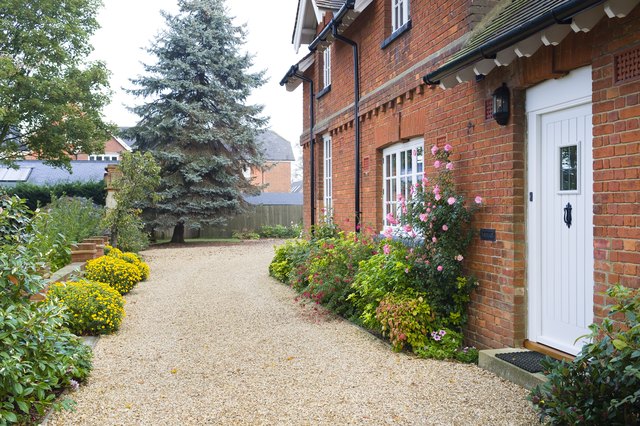Conceitos Básicos
The author emphasizes the importance of selecting the optimal location for a garden based on factors like sunlight, water access, soil quality, and protection from elements to ensure successful plant growth.
Resumo
Selecting the best location for your garden involves balancing aesthetic preferences with plant needs. Factors such as sunlight exposure, water accessibility, soil quality, and protection from wind play crucial roles in determining the ideal spot. Careful planning and consideration of these elements can lead to a thriving garden that enhances your landscape.
How to Choose the Best Location for Your Garden | Hunker
Estatísticas
The best garden location for many plants is one that receives at least six hours of sun per day.
A relatively small garden plot with an area of 100 to 150 square feet is recommended for beginners.
Native wildflowers don't need as much water as other flowers and can grow on sloped ground.
Gophers are a potential issue in some areas and may require raised beds or protective measures.
Citações
"Factors such as sunlight exposure, water accessibility, soil quality, and protection from wind play crucial roles in determining the ideal spot."
"Careful planning and consideration of these elements can lead to a thriving garden that enhances your landscape."
Principais Insights Extraídos De
by Https às www.hunker.com 02-21-2024
https://www.hunker.com/13731392/how-to-choose-the-best-location-for-your-garden
Perguntas Mais Profundas
How can different types of gardens benefit from specific locations?
Different types of gardens can benefit from specific locations based on their unique needs. For example, flower gardens thrive in prominent, sunny areas to showcase their blooms, while vegetable gardens require ample sunlight and proximity to water sources for optimal growth. Shade gardens, on the other hand, do well in areas with less direct sunlight but still need some light for certain plants to flourish. By choosing the right location tailored to each type of garden's requirements, you set them up for success and ensure they reach their full potential.
What are some alternative methods to protect plants from burrowing rodents besides raised beds?
In addition to using raised beds as a protective measure against burrowing rodents like gophers, there are several alternative methods that can be employed. One effective approach is installing underground wire mesh barriers around the garden perimeter to deter rodents from tunneling into the planting area. Additionally, using natural repellents such as castor oil or predator urine can help keep pests at bay. Planting rodent-repelling flowers like daffodils or crown imperial around the garden can also act as a deterrent. Regularly inspecting and filling in any holes or tunnels created by rodents is crucial in preventing infestations.
How does choosing an optimal garden location contribute to sustainable gardening practices?
Selecting an optimal garden location plays a significant role in promoting sustainable gardening practices by maximizing resource efficiency and minimizing environmental impact. By placing the garden where it receives sufficient sunlight and access to water sources, plants are more likely to thrive naturally without excessive reliance on artificial inputs like fertilizers or pesticides. Proper drainage ensures water conservation and prevents soil erosion, contributing to overall ecosystem health. Easy accessibility reduces energy consumption associated with maintenance tasks like watering or harvesting. Ultimately, choosing an ideal garden location sets the foundation for a sustainable gardening approach that prioritizes ecological balance and long-term viability.
0
